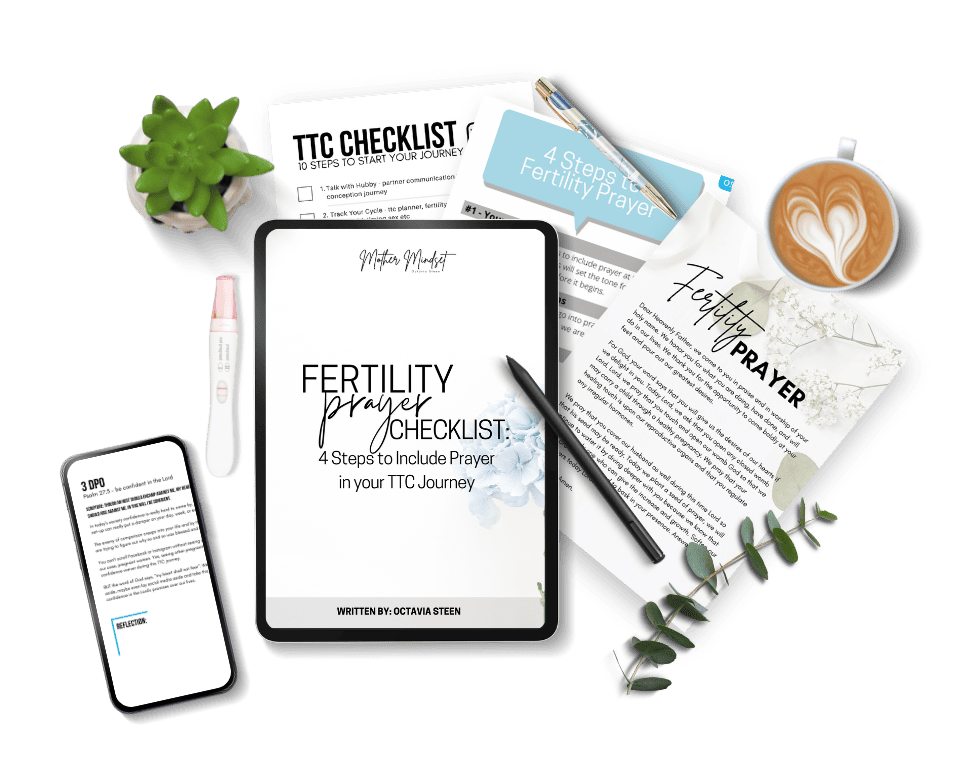Fertility • Motherhood • Faith

In the past year, I’ve helped 20+ women pinpoint ovulation and get pregnant with faith + confidence! Glory to God!

Trying to Conceive?
Fertility Checklist Bundle
This Free Fertility Bundle includes a TTC checklist, a printable fertility prayer, and a fertility prayer checklist to help you in your journey!
Let’s thrive through motherhood
How We Help You Find Peace…
Infertility Support
Grow a family through fertility coaching and support.
Wellness Tips
Build a routine of healthy habits and reach your fitness goals.
Extra Income Moms
Grow your family’s income to build generational wealth.
Hi, I’m Octavia
Founder of Mother Mindset, Woman of God, and coach to women from preconception through motherhood.

